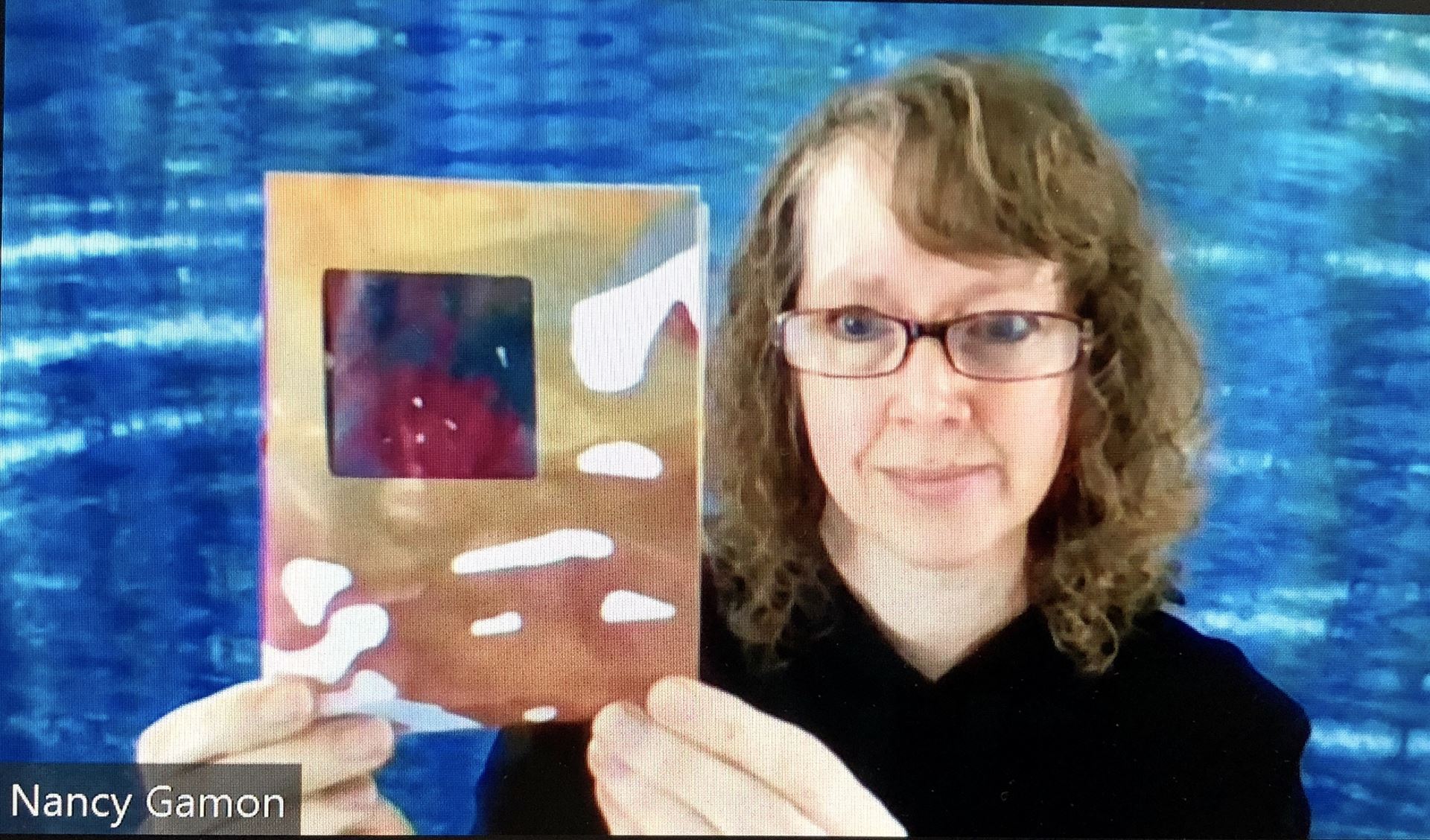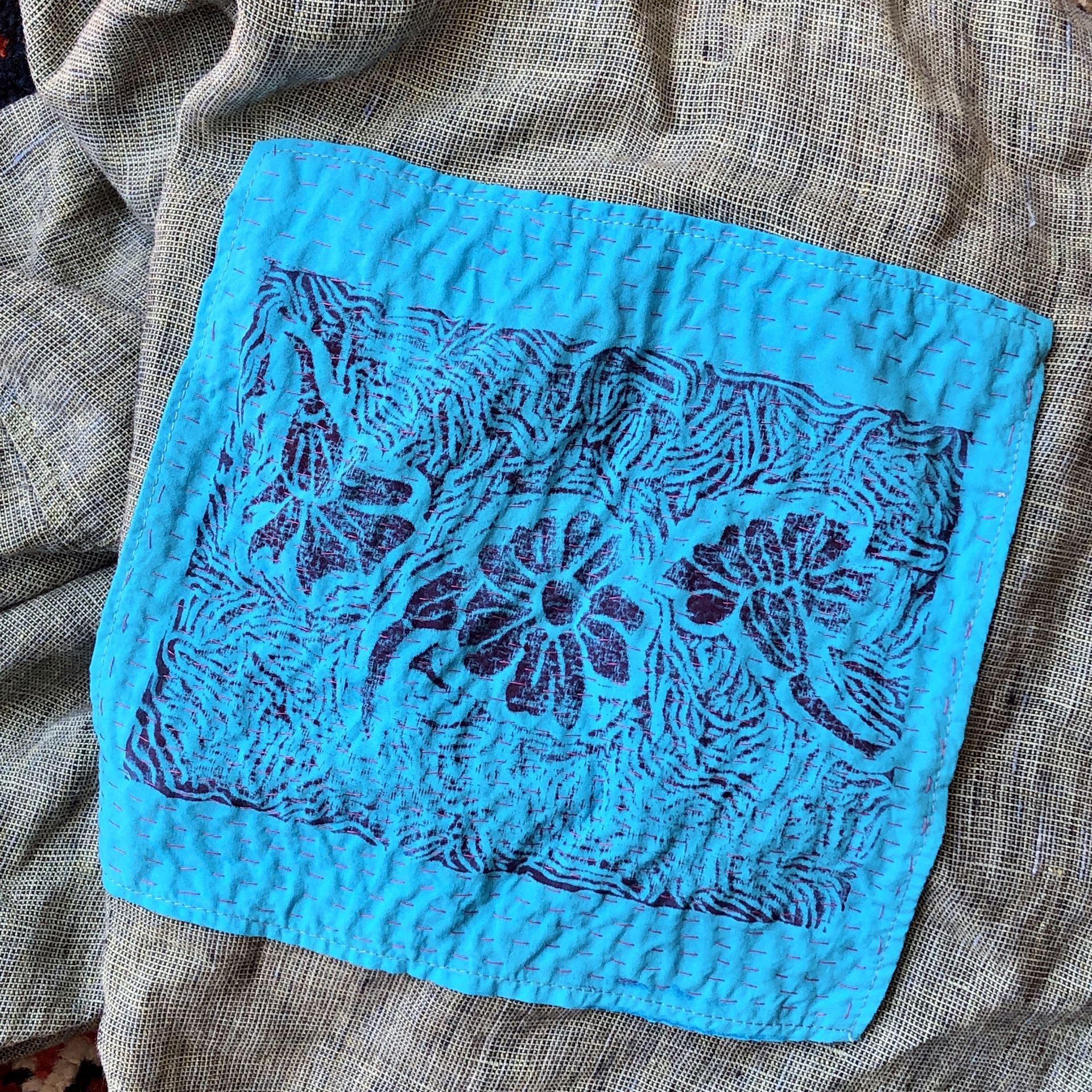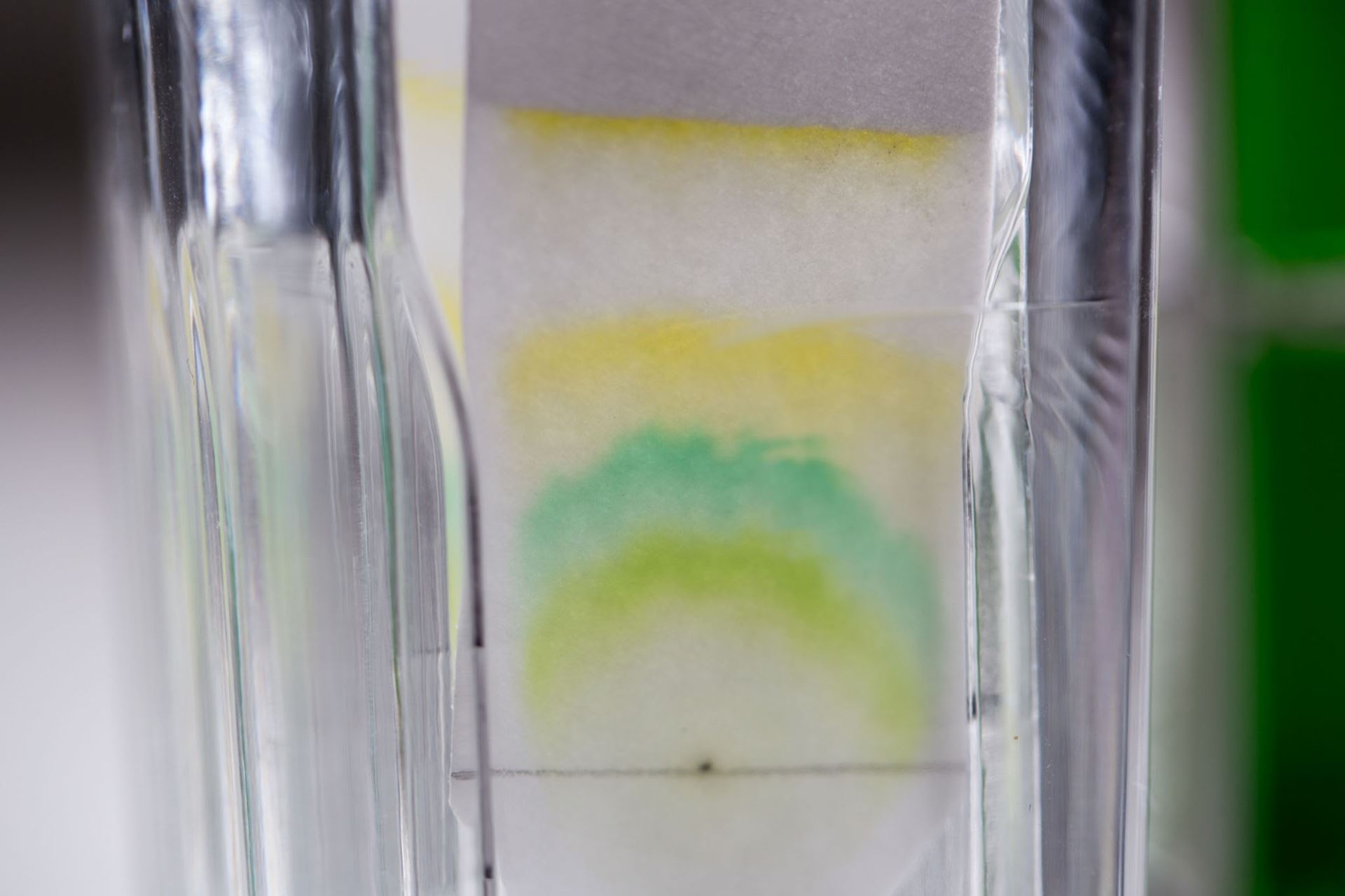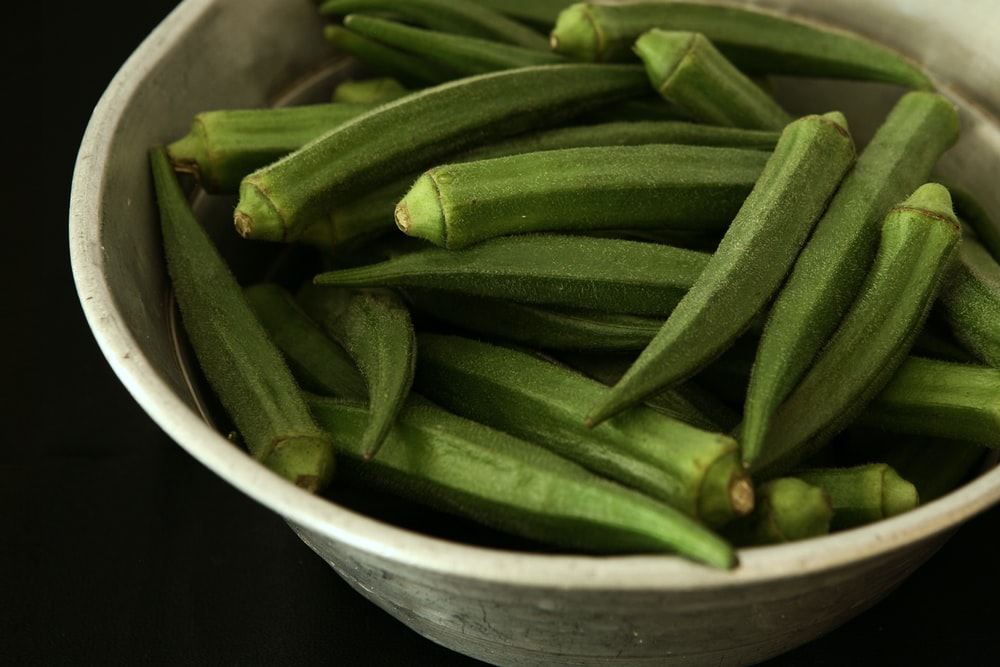 Here we are, the regulars who love not having to drive anywhere to attend a fun get together! That is one of the big benefits of our V-circle. The down side is that we can't really see what anyone is working on unless we say hold it up!! That was the driving force to start a blog: a place to see interesting things in higher resolution and a place for those who miss a week to see what went on and to catch up with the news.
Here we are, the regulars who love not having to drive anywhere to attend a fun get together! That is one of the big benefits of our V-circle. The down side is that we can't really see what anyone is working on unless we say hold it up!! That was the driving force to start a blog: a place to see interesting things in higher resolution and a place for those who miss a week to see what went on and to catch up with the news.
New kittens at Judi's house!!!
 Poppy and Daisy!
Poppy and Daisy!
 A day or two earlier, Nancy went to Joyce Tromba's V-Bookmaking 1 hour workshop and was working on finishing up her book. She showed us some of her pages and what the book front looked like.
A day or two earlier, Nancy went to Joyce Tromba's V-Bookmaking 1 hour workshop and was working on finishing up her book. She showed us some of her pages and what the book front looked like.

On the front of Nancy's book is a window for display of a small artwork. 
Below Nancy showed us the interior pages of the book. She claims to have just used old junky paper, but we were struck by the beautiful patterns of colors. Nancy has developed a method and the habit of placing cellulose papers of all sorts underneath her ice dyeing projects to catch the color and generate materials for collage pieces, and now books!!
Nancy had to leave early, but later, after she left, we explored some of the wonderful videos she posts on her YouTube channel. I remember we watched the one entitled "How to Ice Dye a Blooming Bouquet". :)))))!
Speaking of flowers, our (collective) gardens and the WNC area is gorgeous now, so many things in bloom, and we have just learned that the Arboretum is now opening (safely) and the Bonsai exhibit will be accessible. Beth Sellar's husband it turns out does Bonsai at their home.
Sebette Hamill mentioned that she just bought a small kit to learn sashiko stitching. Sashiko originated in Japan and is a functional embroidery used in mending.
I showed the mending in my lap,  which isn't sashiko, but just applique with straight stitching to cover the thin spots in my favorite, already mended linen overalls.
which isn't sashiko, but just applique with straight stitching to cover the thin spots in my favorite, already mended linen overalls.
I have tried to learn interesting embroidery stitches. Recently, I bought "The Geometry of Hand Sewing" by Natalie Chanin of Alabama Chanin, The School of Making. I failed/ gave up, but I need to go back. Judi Jetson commiserated with me telling us she attended a workshop held at the Univ. of the South in Swenanee, TN and led by a trainer from Alabama Chanin. She said the stitches are difficult and hard to learn even in person! Check out the links to Alabama Chanin to see samples of these intricate yet simple stitches they have developed and collected.
Where the heck is Sewanee?? It is in the southeastern part of middle Tennessee!
Sebette wasn't spinning this week, but was also mending things, in this case her beloved barn jacket that continually gets torn on overlong screw ends. It is funny how we get attached to certain items of clothing: color? pattern? comfort (!)? hand-me-down from someone we love? just plan functional? So many individual reasons. I love t-shirts and sweatshirts broken in by my sons, my father, my husband..... They are in rags, but we put off discarding them and mend again.
 We discussed dyes that "break". The scientific functional way to separate dye components is chromatography. Dyes also migrate at different rates through paper or cloth. This is particularly obvious when one uses a dye that contains multiple types of dye molecules and the ice dyeing technique. Primary dyes ("The Primary Dharma Fiber Reactive Dye colors that correspond to the CMY primaries are as follows: Magenta #13: Fuchsia Red. Cyan #25: Turquoise. Yellow #1: Lemon Yellow" from Dharma, for example) are combined to make other colors using the CMY color wheel. In my work, I have found that turquoise is one of the fastest migrating colors .
We discussed dyes that "break". The scientific functional way to separate dye components is chromatography. Dyes also migrate at different rates through paper or cloth. This is particularly obvious when one uses a dye that contains multiple types of dye molecules and the ice dyeing technique. Primary dyes ("The Primary Dharma Fiber Reactive Dye colors that correspond to the CMY primaries are as follows: Magenta #13: Fuchsia Red. Cyan #25: Turquoise. Yellow #1: Lemon Yellow" from Dharma, for example) are combined to make other colors using the CMY color wheel. In my work, I have found that turquoise is one of the fastest migrating colors .
Some folks have been working on cyanotype dyeing of fabrics (blue, sunlight). Cheap Joe's has 8" X 11" pre-treated fabric for this purpose Sebette mentioned. My niece Hannah Mode who is an environmental artist has done multiple residencies in at the Juneau Icefield Research Program in Alaska interacting with scientists. They make cyanotypes on site using rocks, ice and other objects to create art pieces reflective of the environment.
 We all began talking about food as it neared 6:00 pm (wonder why!?). I personally was amazed at Sebette's love of okra and the multiple ways she enjoys it (fried, roasted, french fried in strips, steamed....) which led us to compare traditional southern foods, there non-availability in New England where some of us grew up or lived (and foods from New England that are less available here!). Bye-bye dinner time we said.
We all began talking about food as it neared 6:00 pm (wonder why!?). I personally was amazed at Sebette's love of okra and the multiple ways she enjoys it (fried, roasted, french fried in strips, steamed....) which led us to compare traditional southern foods, there non-availability in New England where some of us grew up or lived (and foods from New England that are less available here!). Bye-bye dinner time we said.
